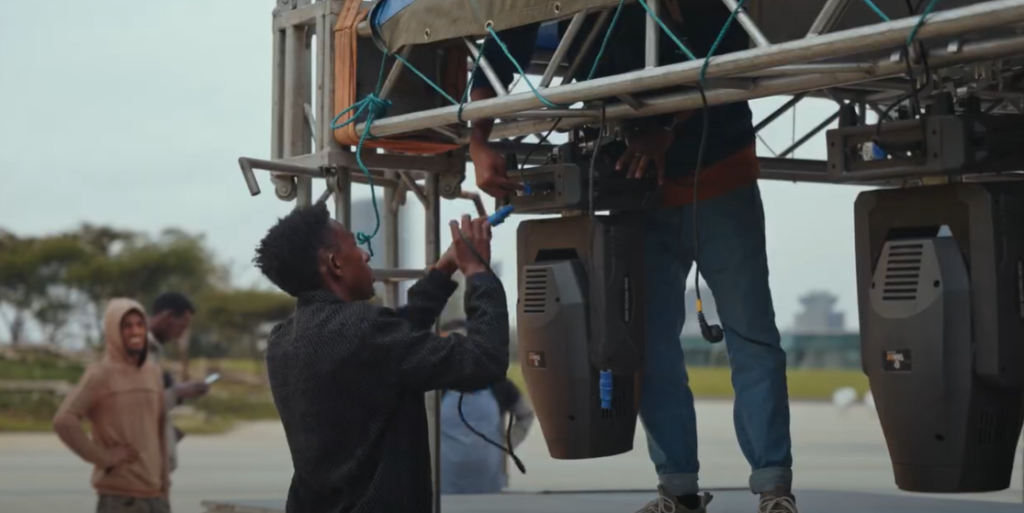In today’s film industry, capturing scenes in real location can be challenging and expensive. However, virtual production has emerged as the best solution. Virtual production is a film-making technique that uses real-time computer graphics to create virtual sets and environments. This technology has been used in a number of high-profile films and television shows, including “Game of Thrones,” “The Mandalorian,” and “Avengers: Endgame.”
Virtual production has a number of advantages over traditional film-making techniques. It allows filmmakers to create more realistic and immersive sets and environments. It also allows them to be more flexible and efficient in their production process. By leveraging high-quality LED screens and powerful gaming engines, cinema and virtual production have experienced significant advancements. This has made it possible to create virtual backgrounds that are incredibly realistic, while also allowing for real-time changes to sets. This not only saves time and costs but also provides artists and production crews with immediate feedback on the visual effects.
One of the most significant advances in virtual production in recent years has been the development of real-time ray tracing. Ray tracing is a technique that allows for the realistic rendering of light and shadows in virtual environments. This has made virtual production much more realistic and immersive.
Another significant advance has been the development of high-resolution LED walls. LED walls are large screens that can be used to create virtual sets and environments. This allows filmmakers to shoot scenes in a more realistic environment, and it also allows them to capture more realistic lighting and shadows.
Benefits of virtual production:
Realism: Virtual production allows filmmakers to create more realistic and immersive sets and environments. This can be especially beneficial for films that are set in fantasy or science fiction worlds.
Flexibility: Virtual production is a very flexible film-making technique. It allows filmmakers to be more creative and to experiment with different ideas. It also allows them to make changes to the set or environment even after filming has begun.
Efficiency: Virtual production can be a more efficient film-making technique than traditional methods. It can save time and money, and it can also help to reduce the environmental impact of film-making.
Here are some of the challenges of virtual production:
Cost: Virtual production can be a very expensive film-making technique. The cost of the equipment and software can be prohibitive for some filmmakers.
Skills: Virtual production requires a high level of technical expertise. Filmmakers need to be familiar with the software and the technology in order to use it effectively.
Creativity: Some filmmakers believe that virtual production can limit creativity. They argue that it can be difficult to be creative when working with a computer-generated environment.
Despite the challenges, virtual production is a promising film-making technique with the potential to revolutionize the industry. As the technology continues to develop, it is likely to become more affordable and accessible to filmmakers of all budgets.
Embracing cutting-edge technology, even if it comes at a cost, can be a game-changer for the Ethiopian film industry. By integrating these advancements, we can empower creative individuals to fully immerse themselves in the art of storytelling, freeing them from technical constraints.
At Eternal Media and Communication, we have invested in state-of-the-art XR screens that are currently revolutionizing the virtual production environment. With our expertise in gaming engines and by harnessing our advanced technology and deep knowledge, we are propelling ourselves forward with great strides. We invite you to reach out to us and experience the enchantment we can bring to your production.





